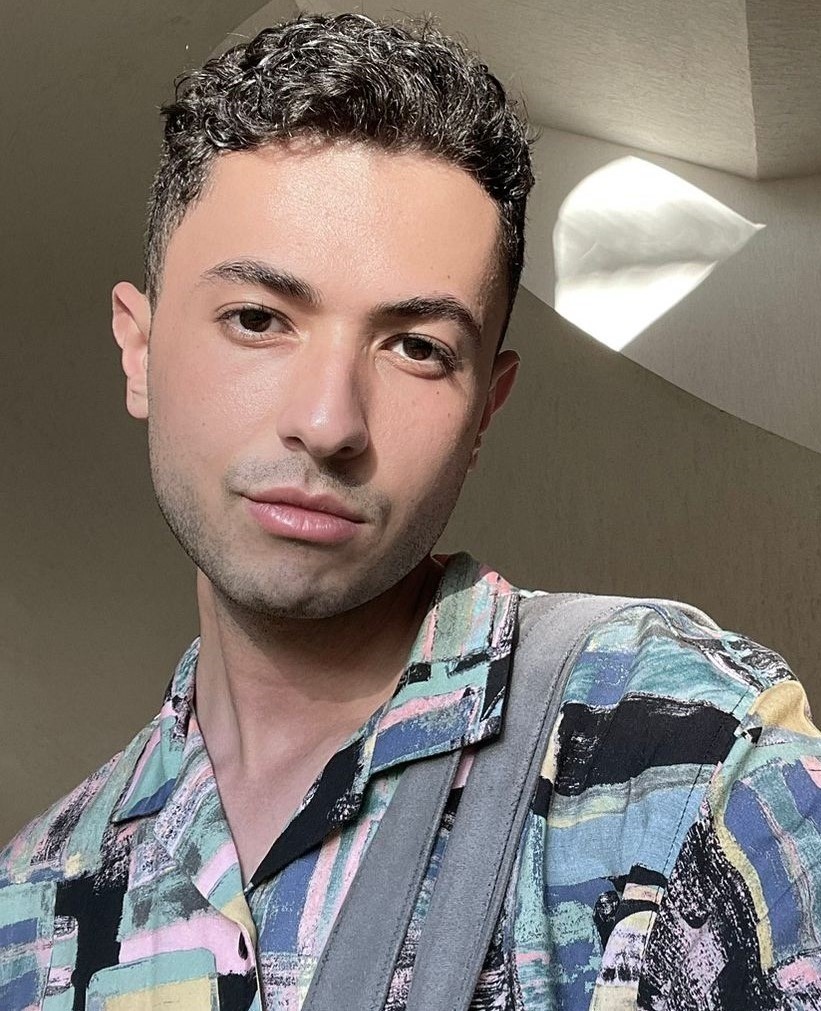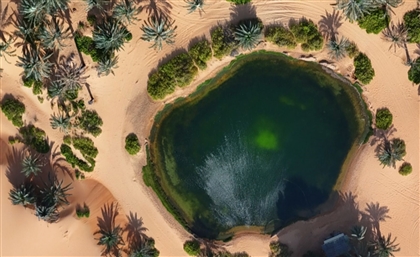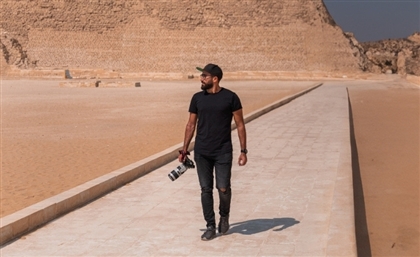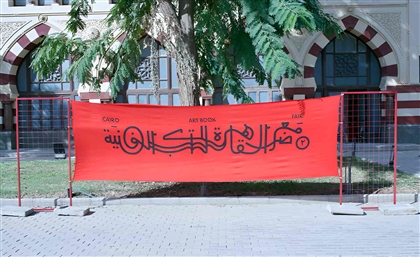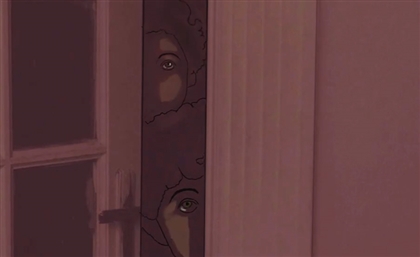This Haunted Palace in Ras Al-Khaimah Was Inhabited for a Single Night
Mike Flanagan, we have your next Netflix hit ready…
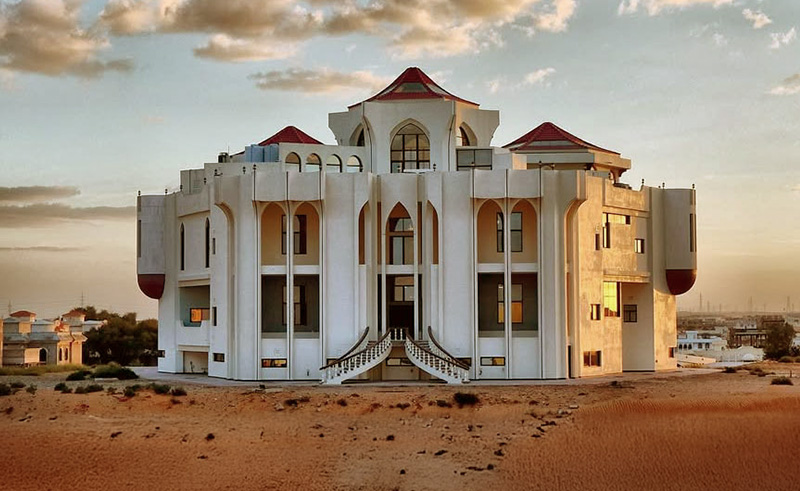
Originally Published February 6, 2025
Deserts are breeding grounds for tales of haunted hearts and headless poltergeists, as scores of ancient Arabic folk songs and stories have graciously reminded us. An eerie abandoned palace in the middle of a desert, however? Well, that’s an entirely different ball game of possessions. Though Ras Al-Khaima’s Al Qassimi Palace is now far from being secluded in the vast Arabian desert, its inception in 1985 saw it stand solemn and lonesome amidst the golden dunes.
-8e910972-4c28-4fb1-b811-ca712d297233.jpg)
The muse of many-a-haunted tales, Al Qassimi Palace was built by the late Sheikh Abdulaziz bin Humaid Al Qassimi, a member of the Al Qassimi family, one of the six ruling families of Sharjah. Today, the palace, grandly set upon a hill, is equal parts intriguing and foreboding.
-cd41af91-5093-48c8-92d6-be2fb00256c2.jpg)
Inspired by Islamic and Arabic architectural principles—with a hint of Indian influence—Al-Qassimi Palace cost around AED 500 million to build. So, why was such an expensive endeavour left to the howling of the winds?
-5e90e096-d84b-4feb-a438-a7ad58350a81.jpg)
If the musings of the locals are anything to go by, the ‘Dark Palace’ (Al Qasr Al Ghamedd) is said to have remained uninhabited throughout its existence, save for one night: the very first and last spent there by the Sheikh and his spouse.
-380d9189-707a-402b-a20d-d314b356ae1b.jpg)
Eager to make a home out of the palace they had spent years—and a lot of bank—bringing to life, the couple soon discovered that they chose the wrong plot of land to occupy. Driven away in the darkest hours of the night by the haunting whispers of otherworldly beings, the Al Qassimis could not abandon their worldly possessions fast enough, and the palace fell into the hands of the morbidly curious.
-28ebcf10-6acd-45a9-bc17-51c518731d26.jpg)
The locals have since, over the decades, claimed to have heard riveting wails, sworn to have seen shadows of children staring back at them from behind the stained glass windows, and at times, relayed—with chilling detail—encounters with ‘other-wordly’ beings on its premises. Yet, is it true? Well, the answer to that question is inherently rooted in one other question: what do you believe?
-b784b0d2-368f-412f-a905-9c79321ac1f5.jpg)
For many, the idea of a haunted house is not too far-fetched; the djinn do after all call the desert home, and do not take well to intrusion. Yet for others, the fear that surrounds the palace can be attributed to other culprits, ones perhaps grounded deeper in reality. The dismal state of the palace could be blamed on squatters; seeing how the once-opulent furniture was soon dismantled, the walls pillaged and sprayed with what could be blood (or really convincing red paint) and the statues beheaded.
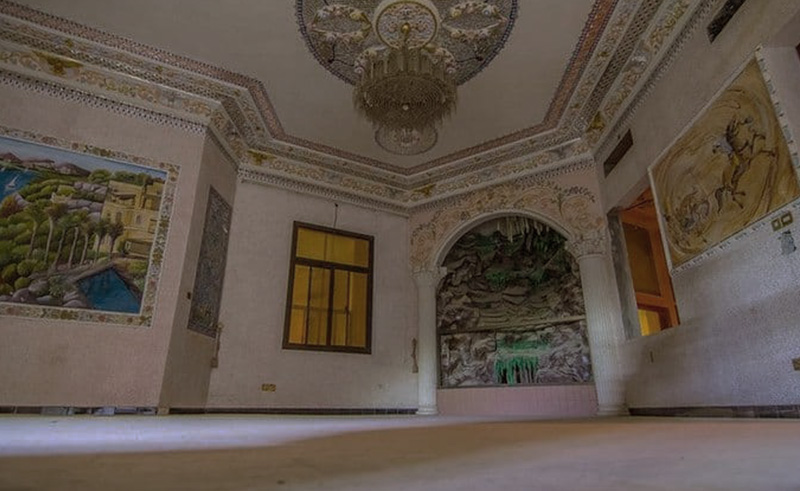
Whatever the reason, the palace’s haunting aura became the obsession of many. So intense was the obsession that it inspired the Emirate to actually open the palace’s doors to visitors (post-exorcism, that is).
-7bc02016-50b4-4818-85a9-4e51eed3ac26.jpg)
Today, Al-Qassimi Palace is a full-fledged museum that is certainly not for the faint of heart. The Emirate spared no expense in reviving the ‘Dark Palace’, filling its four renovated floors and 35 rooms with classical furniture and authentic art pieces meant to reflect the palace at its (one day?) prime. And so, for the very reasonable price of AED 75 (or AED 50 if you’re a full group) you can book your own posses-, ehm, tour at Al Qassimi Palace. Note, however, that photography isn’t allowed, because the spirits are quite sensitive to light.
- Previous Article Ed Sheeran Collaborates with Iranian Producer Ilya Salmanzadeh
- Next Article Six Unexpected Natural Wonders to Explore in Egypt
Trending This Week
-
Dec 12, 2025







